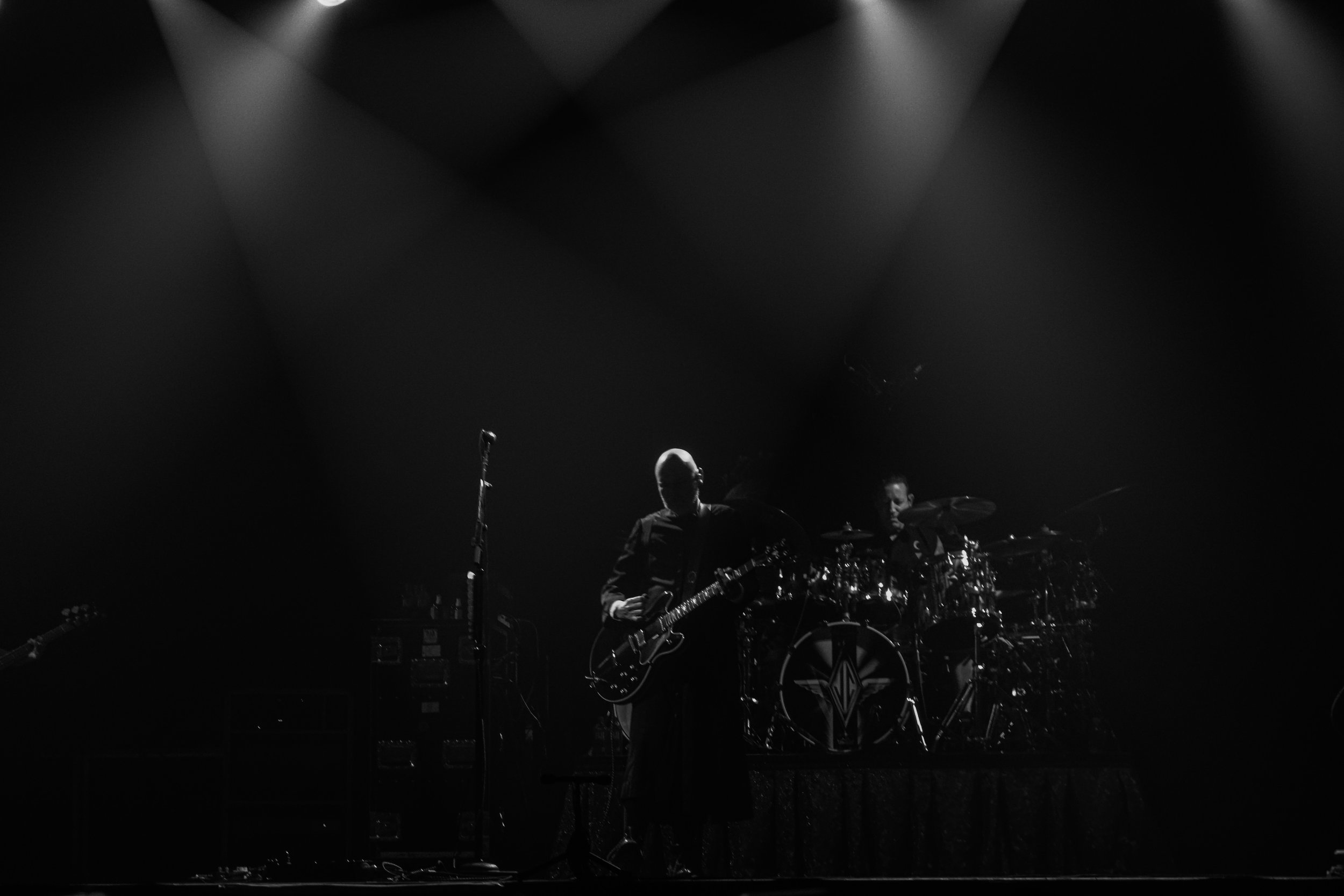The History of the Guitar Pedal
/From blues-rock luminaries like Jimi Hendrix and Jack White to obscure but talented new artists like the ambient musician James Li, effects pedals have allowed guitarists from different generations and genres to explore new soundscapes and find their own unique sound. But how did it all begin? How did electric guitarists first discover the best ways to modify their signal?
The roots of guitar effects pedals can be traced back to the 1930s when the guitar amplifier first started gaining traction. At the time, the typical amp offered just 10 watts of power, until Leo Fender introduced the Super Amp in 1947. Guitarists who purchased the Super Amp very quickly discovered that turning the volume all the way up resulted in a fuzzy, distorted sound.
Years earlier, this dirty, fuzzy tone was already popularized by Western blues legend Junior Barnard. Combined, Barnard’s percussive playing style and his use of two instead of one set of guitar pickups allowed him to produce some of the earliest, truly dirty licks in the blues genre's history. As more electric guitarists figured out that they could achieve Barnard’s tone by just turning the Super Amp’s volume all the way up, the distortion effect swept the nation. Fender responded by turning the power up and releasing 50-watt versions of the Super Amp.
Riding this wave of distortion headfirst, Ike Turner and his guitarist Willie Kizart showed the world the potential of distortion in 1951 when they recorded “Rocket 88,” which Time Magazine argues is a close contender for the first-ever rock ‘n’ roll record in history. Depending on who you ask, on their way to the studio to record the song, Kizart’s amp either fell off the top of the car or was damaged when rainwater leaked through the trunk where it was stored. Either way, Kizart immediately fell in love with his damaged amp’s gritty, fuzzy new sound, and recorded it for posterity.
Apart from being hailed by many as the first true rock ‘n’ roll song, “Rocket 88” started a wave of musicians and sound techs attempting to imitate Kizart’s seminal distortion for decades. One of the more successful attempts was by sound tech Orville Rhodes who built a basic fuzz pedal for The Ventures, an instrumental rock band from the ‘60s.
Realizing the massive potential of this idea, Gibson guitar developed the Maestro Fuzz-Tone pedal, which is behind Rolling Stones guitarist Keith Richard’s iconic tone in 1962’s “(I Can’t Get No) Satisfaction.” Capitalizing on that development, in 1966, Arbiter Electronics released the now legendary Dunlop Dallas Arbiter Fuzz Face, which Tonebox’s pedal review notes was the effect that was behind the classic tone of Jimi Hendrix himself. And while distortion, fuzz, and overdrive gain pedals comprise a truly seminal part of guitar effects history, they were far from being the only effects units being developed at the time.
The first standalone guitar effects unit ever manufactured was the DeArmond Tremolo Control, which was released in 1946. Its key component is a vial of electrolytic liquid, which is shaken up and down by a small electric motor and spindle. Ran through the signal, the movement of this liquid cuts and allows the signal to pass in uniform speeds, resulting in the tremolo volume modulation effect. This shimmering guitar sound has also been instrumental in the earliest days of electric blues and rock ‘n’ roll, as heard in the tremolo-driven works of luminaries like Muddy Waters and Bo Diddley. Today, the tremolo vibrato lives on through guitarists like Jack White and Radiohead’s Jonny Greenwood.
Another seminal effects unit was Market Electronic’s Echoplex delay, which was released in the early ‘60s. Inspired by the work of renowned engineer Les Paul in the field of multitracking and tape manipulation in the ‘50s, the Echoplex delay, in turn, paved the way for the Roland RE-201 delay and reverb effects unit. And both effects have been well utilized by the likes of St. Vincent, Pink Floyd’s David Gilmour, John Mayer, Mac DeMarco, and other well-known innovators in guitar history.
While there are many other pedals that deserve to be included in the earliest days of guitar effects, the aforementioned pedals were some of the most seminal effects units in history. Today, the thousands of standalone units for overdrive, delay, reverb, fuzz, tremolo, boost, wah, and other effects continue to augment the impact of both analog and digital effects on the development of contemporary music.
Article for swimintothesound.com
By Jen Bawl
Blogger, amateur guitarist, and music historian Jen Bawl is fascinated by how guitar effects have changed and evolved over the years. When she’s not online and looking for new and innovative musicians, she likes to dig up music history through old vinyl records, links, and stories from the web.





